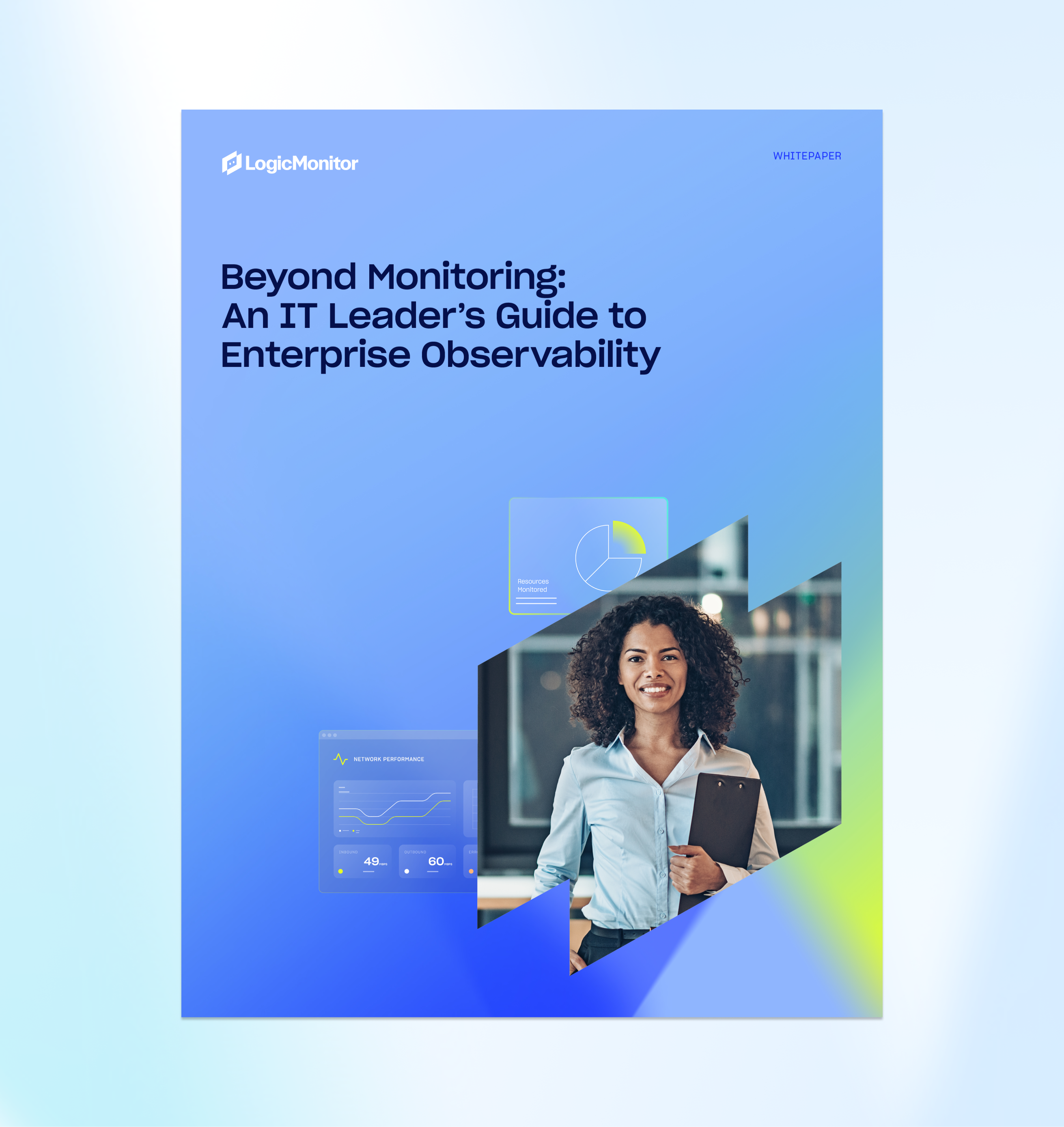Whitepaper
Digital resilience and transformation are no longer optional—they’re mandatory.
In today’s complex IT environments, maintaining visibility while driving innovation has become increasingly challenging. Traditional monitoring approaches fall short as organizations balance the need to prevent disruptions while accelerating digital initiatives.
Our comprehensive guide is designed for CIOs and IT leaders navigating these dual imperatives. Inside, you’ll explore how enterprise observability provides the foundation for both resilience and innovation, enabling your team to:
- Enhance operational resilience through proactive risk management and reduced downtime
- Optimize performance across your entire technology ecosystem
- Drive innovation while maintaining service stability
- Leverage AI-powered insights for data-driven decisions
And as a leader, you’ll take away:
- A deeper understanding of how observability drives both digital resilience and digital transformation
- Solutions to overcome the top challenges in managing complex IT environments
- Strategies for aligning observability initiatives with business goals
- Best practices and insights from organizations like Abrigo, Bupa, and Coca-Cola Consolidated

Download the white paper now
Lead your team in mastering hybrid observability and future-proofing your IT strategy.



